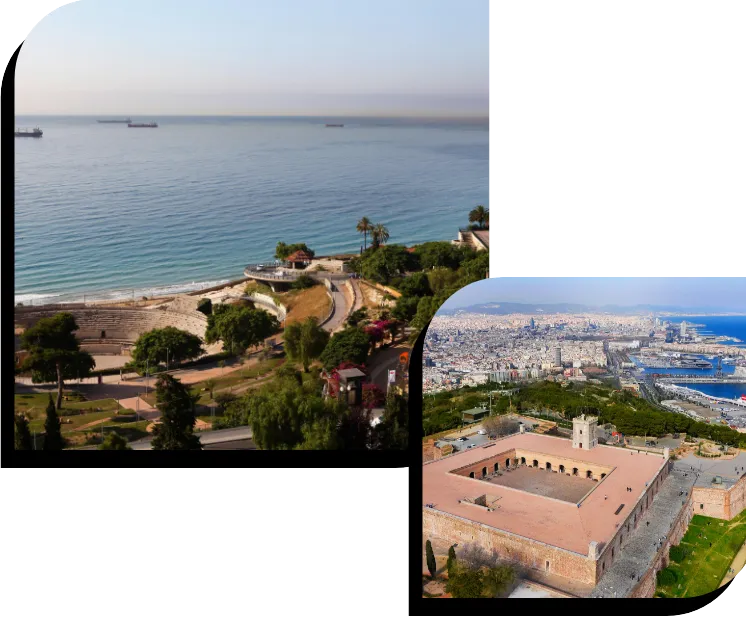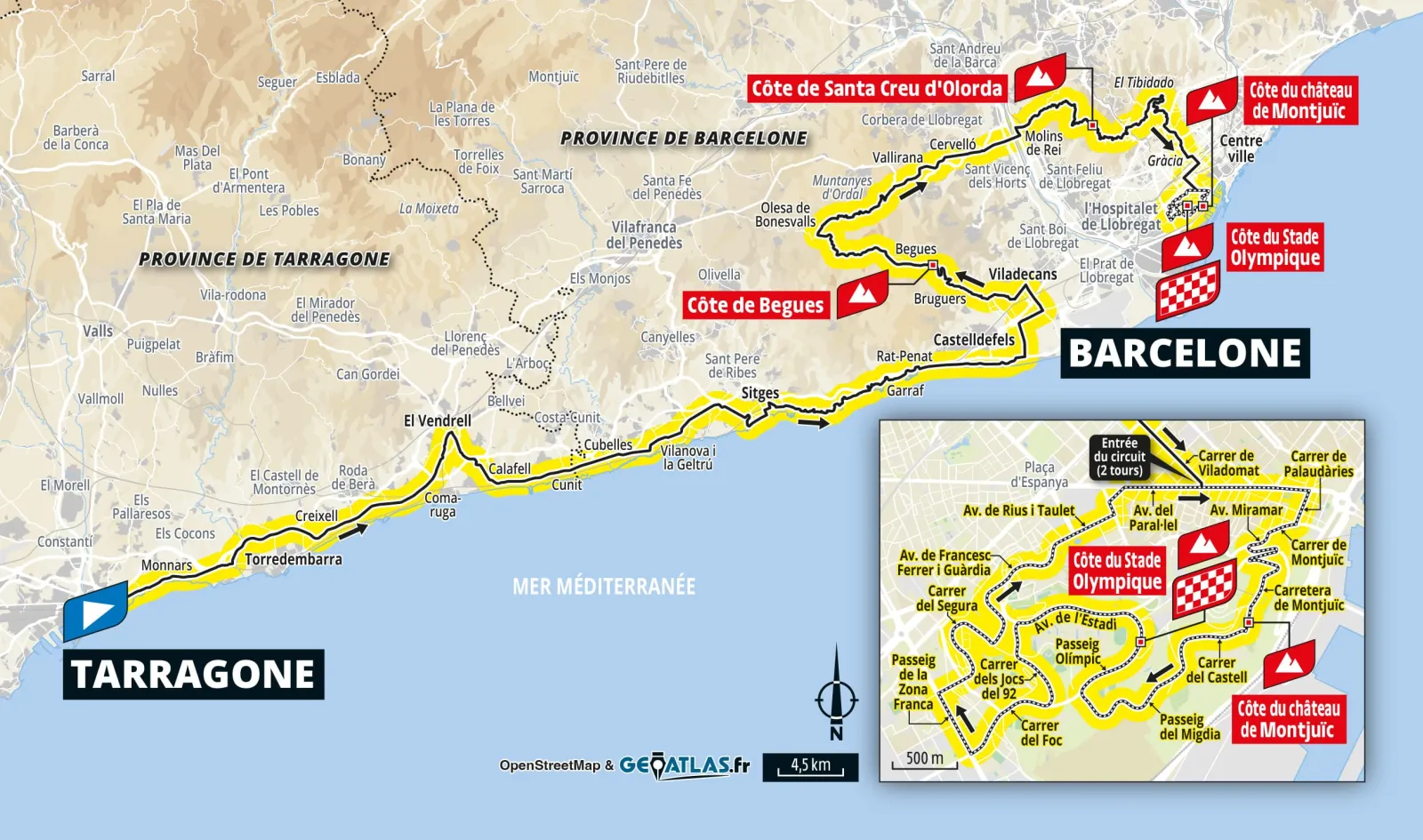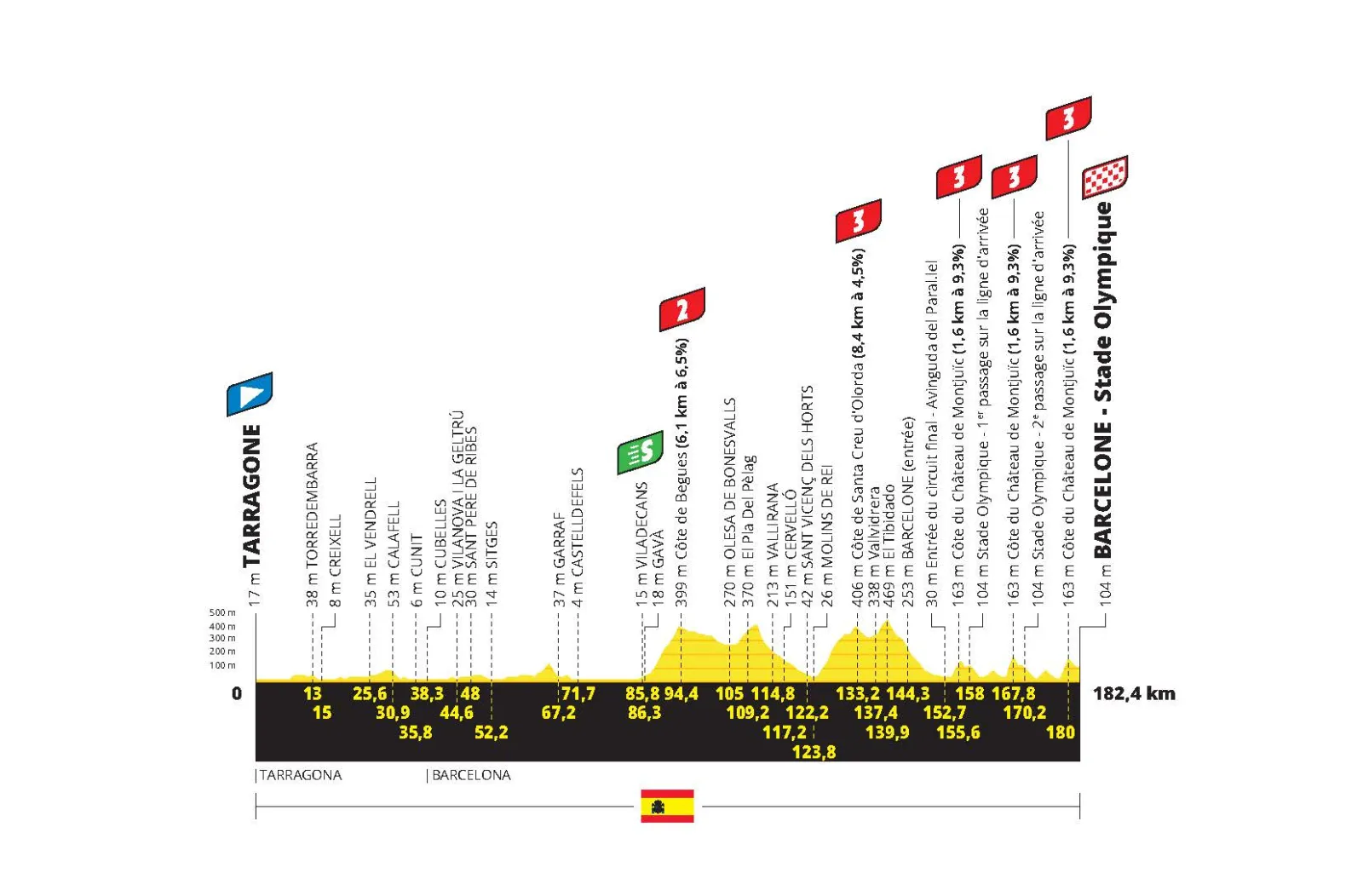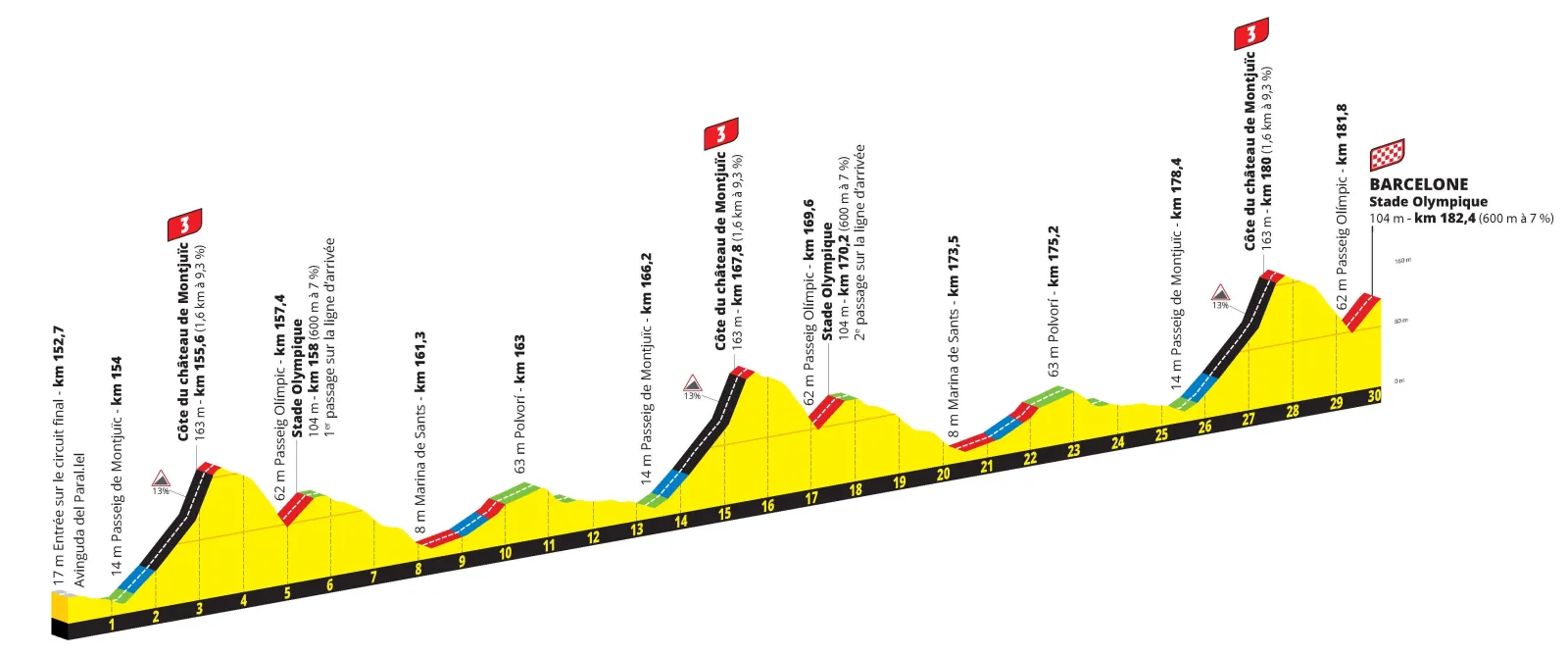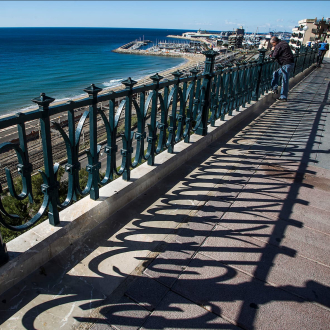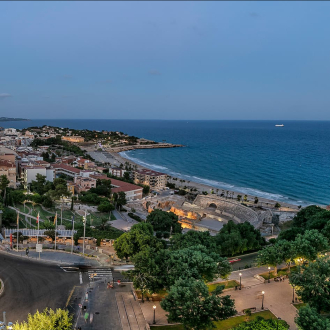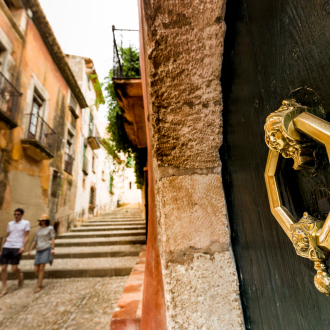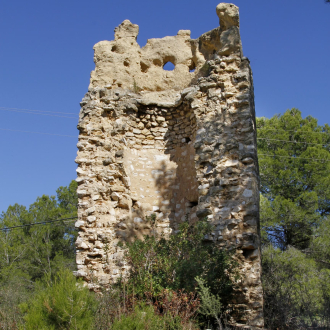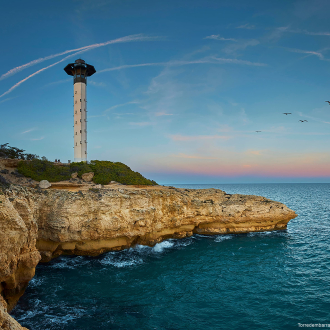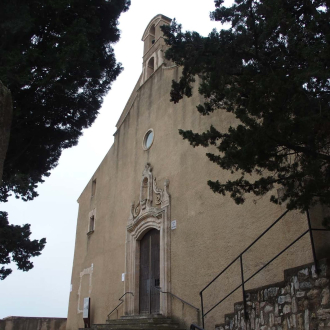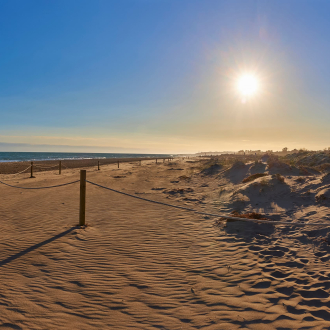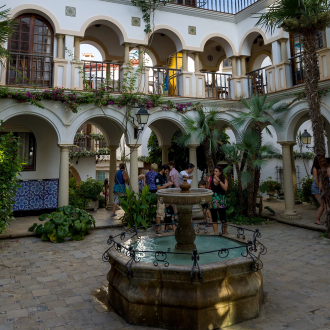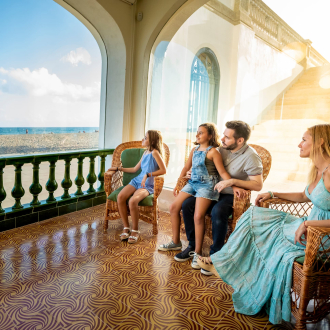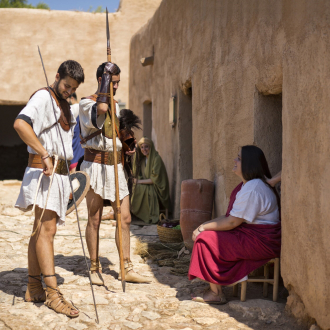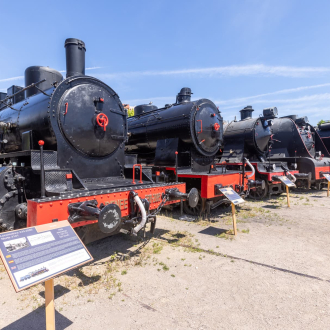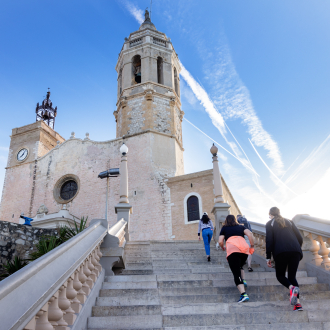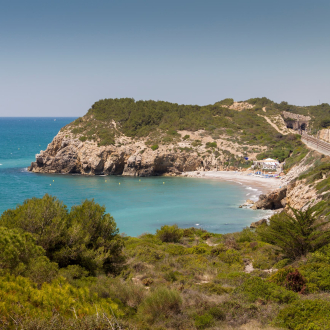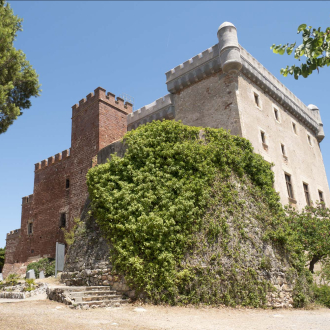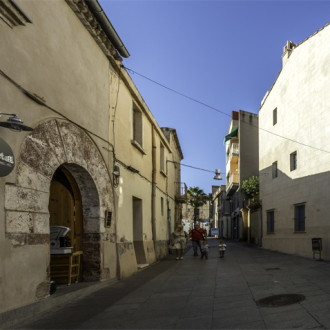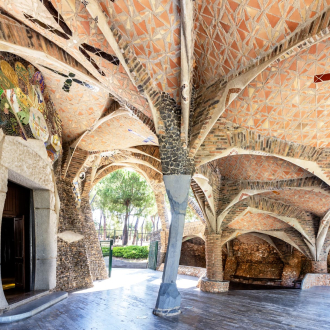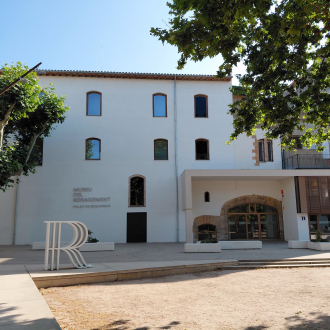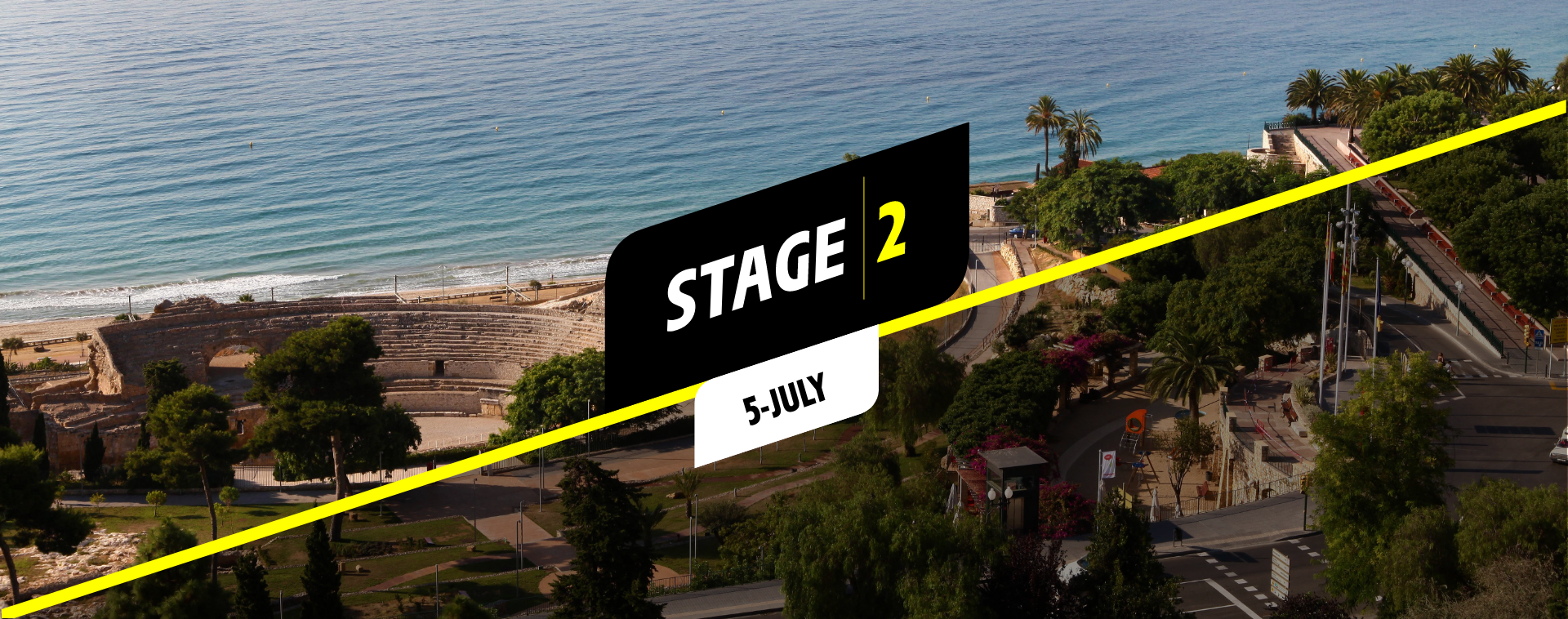
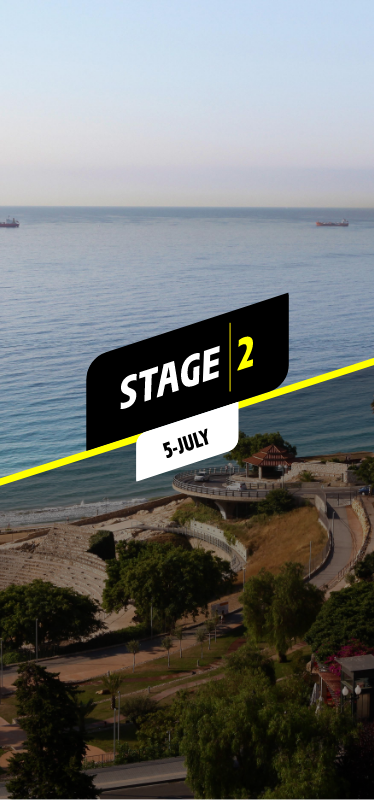
Stage 2
05/07 Tarragona > Barcelona 182,4 km
Tarragona, with a population of 141,000 and an archaeological UNESCO World Heritage site, will provide a historic backdrop for the start of a stage that will first travel along the coastline. The first half of the route runs through different towns on the Costa Daurada, with their long beaches of fine golden sand. After Sitges, known as the Spanish Saint-Tropez, it will run along an extensive coastline with beautiful views of the sea. The second part of the stage, from the Begues coast onwards, will be more rugged and demanding. The Barcelona stretch will then lead to a final circuit through a green park dominated by the tough climb to Montjuïc Castle (1.6 km, 600 metres of which are at a 13% gradient), which riders will reach three times. It will be an uphill final, just as in the team time trial the day before.
